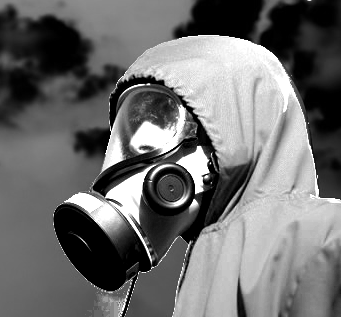Low-dose risks revealed

Contrary to previous assumptions, the research suggests that even lower doses than once believed can substantially increase the risk of cancer-related deaths.
The findings have prompted calls for a reevaluation of workplace protection standards concerning low-dose radiation.
Traditionally, assessments of radiation's cancer risks have relied heavily on studies of survivors of atomic bombings in Japan during World War II.
These estimates have formed the basis for setting radiation protection levels for individuals consistently exposed to much lower radiation doses in fields like nuclear energy and healthcare.
However, the latest data from the International Nuclear Workers Study (INWORKS) challenge these assumptions.
The study tracked and analysed the deaths of nearly 310,000 nuclear industry workers in the UK, France, and the US, utilising individual monitoring data for external radiation exposure.
Over the monitoring period from 1944 to 2016, 103,553 workers passed away, with 28,089 succumbing to solid cancers, excluding leukaemia.
The researchers then estimated the risk of solid cancer-related deaths based on workers' radiation exposure a decade earlier.
The risk increased by 52 per cent for every unit of radiation absorbed (Gray; Gy). This is equivalent to one Joule of energy deposited in a kilogram of a substance.
Even more concerning, when the analysis was limited to workers exposed to the lowest cumulative radiation doses (0-100 mGy), the risk of solid cancer death per unit Gy absorbed nearly doubled.
Restricting the analysis to workers hired in more recent years, when radiation dose estimates were more precise, also revealed an increased risk of solid cancer death per unit Gy absorbed.
Even when excluding lung and lung cavity cancers, which may be linked to smoking or asbestos exposure, the risk remained substantial.
Despite acknowledging some limitations, such as potential inaccuracies in early industry exposure estimates, the researchers argue that their findings underscore the grave risk posed by low-dose, low-dose rate radiation.
They hope that organisations like the International Commission on Radiological Protection will use this research to guide reassessment of radiation risk and, ultimately, the revision of radiological protection systems.
The full study is accessible here.








 Print
Print